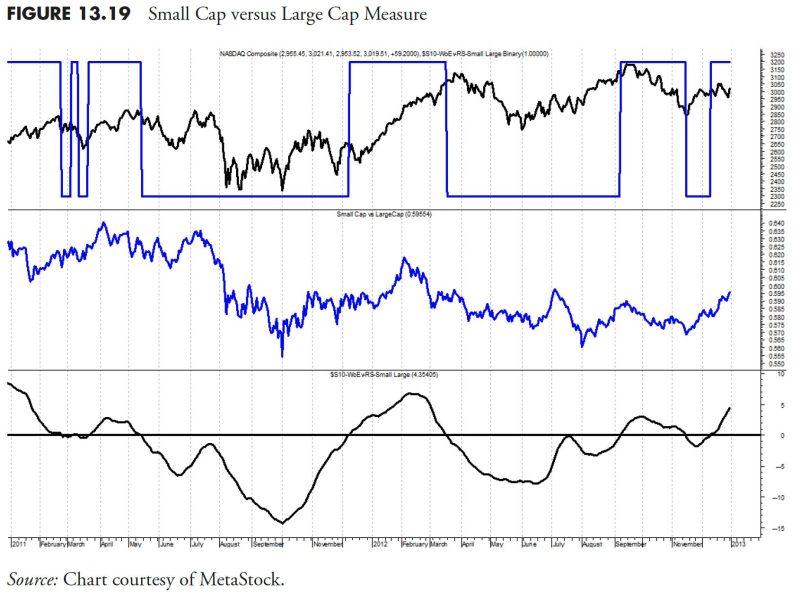In the world of finance, successful money management is crucial for achieving investment goals and maximizing returns. Rules-based money management is a strategy that involves setting clear guidelines and sticking to them to make informed decisions when it comes to buying, selling, or managing assets. In this article, we will delve into the importance of relative strength and other measures in rules-based money management.
Relative strength is a key concept in finance that can be used to evaluate the performance of a particular security relative to a benchmark index or another asset. By comparing the price movements of different assets, investors can identify those that are outperforming or underperforming their peers. This information is valuable in determining which assets to allocate capital to and which ones to avoid.
One commonly used measure of relative strength is the relative strength index (RSI), which is a momentum indicator that compares the magnitude of recent gains to recent losses in an asset’s price. The RSI can help investors identify overbought or oversold conditions, which may signal potential buying or selling opportunities.
Another important measure in rules-based money management is the moving average convergence divergence (MACD) indicator. The MACD is a trend-following momentum indicator that shows the relationship between two moving averages of an asset’s price. By analyzing the MACD line and signal line, investors can identify bullish or bearish signals that can help guide their investment decisions.
Volatility measures, such as the average true range (ATR), can also play a crucial role in rules-based money management. The ATR indicator calculates the average trading range of an asset over a specified period, helping investors gauge the volatility of an asset and adjust their risk management strategies accordingly.
In addition to these technical indicators, fundamental analysis is another essential component of rules-based money management. By evaluating factors such as earnings growth, revenue trends, and macroeconomic conditions, investors can make informed decisions about which assets to include in their portfolios.
Risk management is a fundamental aspect of rules-based money management that cannot be overlooked. Setting clear stop-loss levels, diversifying across different asset classes, and sizing positions appropriately are all critical in managing risk and protecting capital.
In conclusion, relative strength and other measures play a vital role in rules-based money management by providing investors with valuable insights into asset performance and market conditions. By incorporating these measures into their investment strategies, investors can make more informed decisions and improve their chances of achieving their financial goals.
